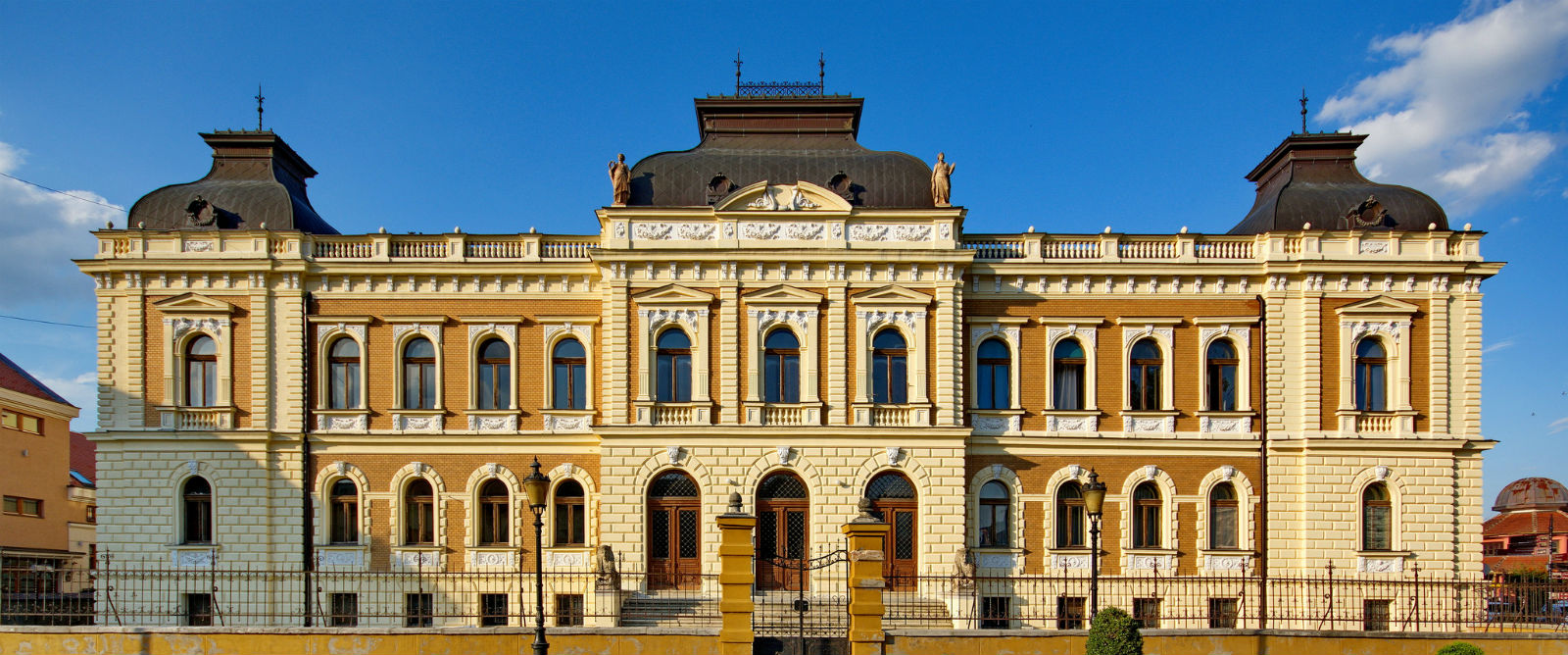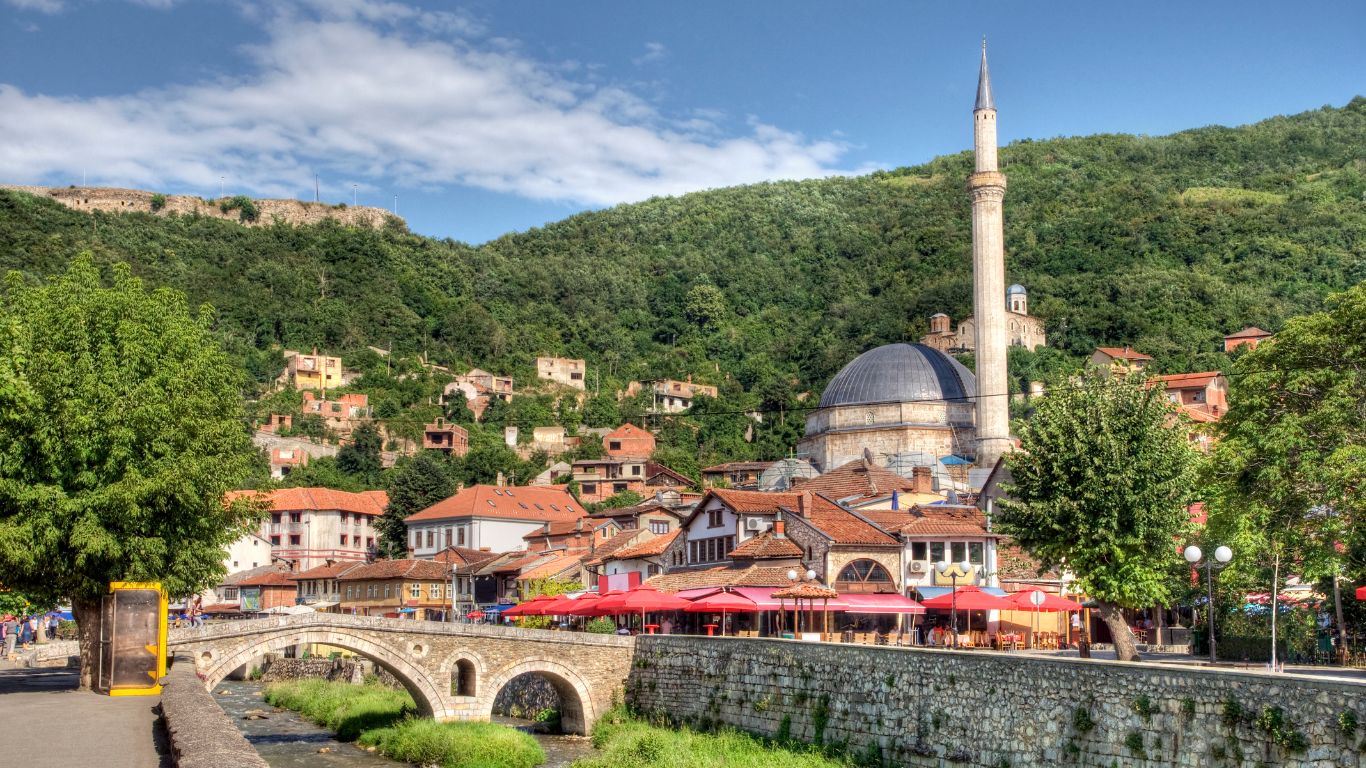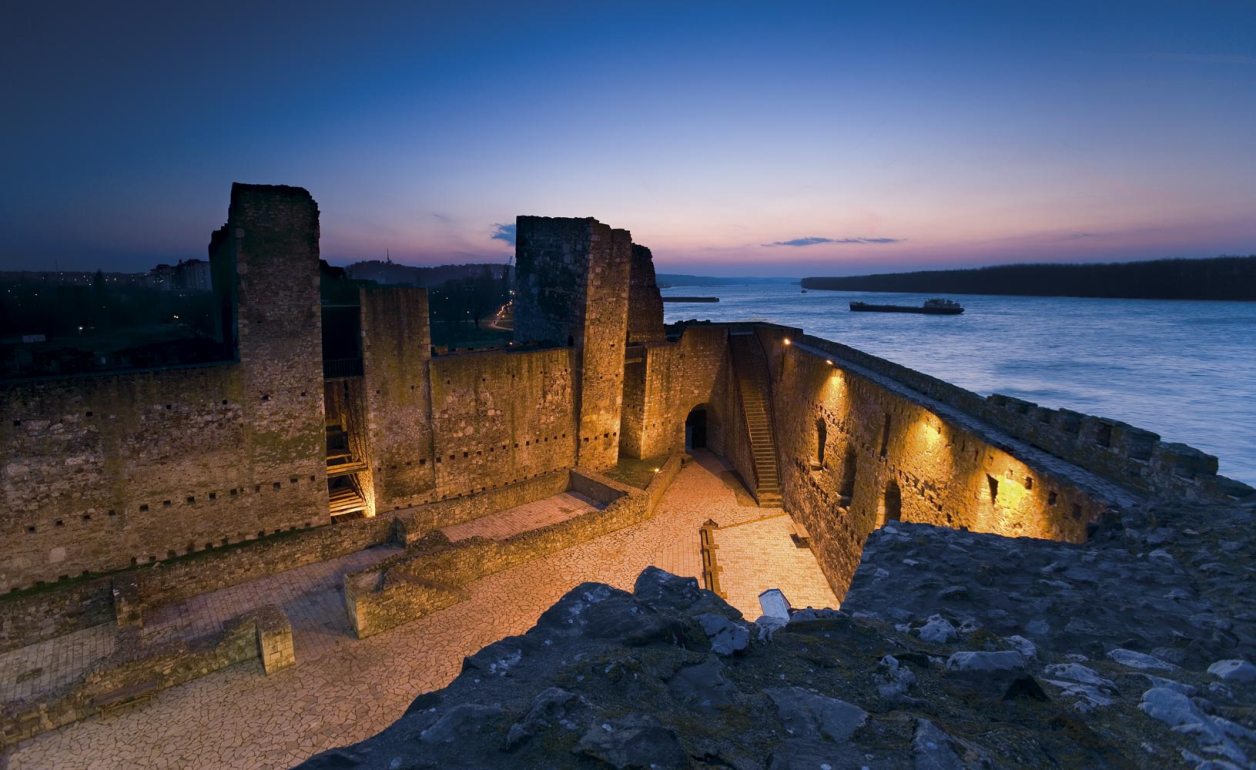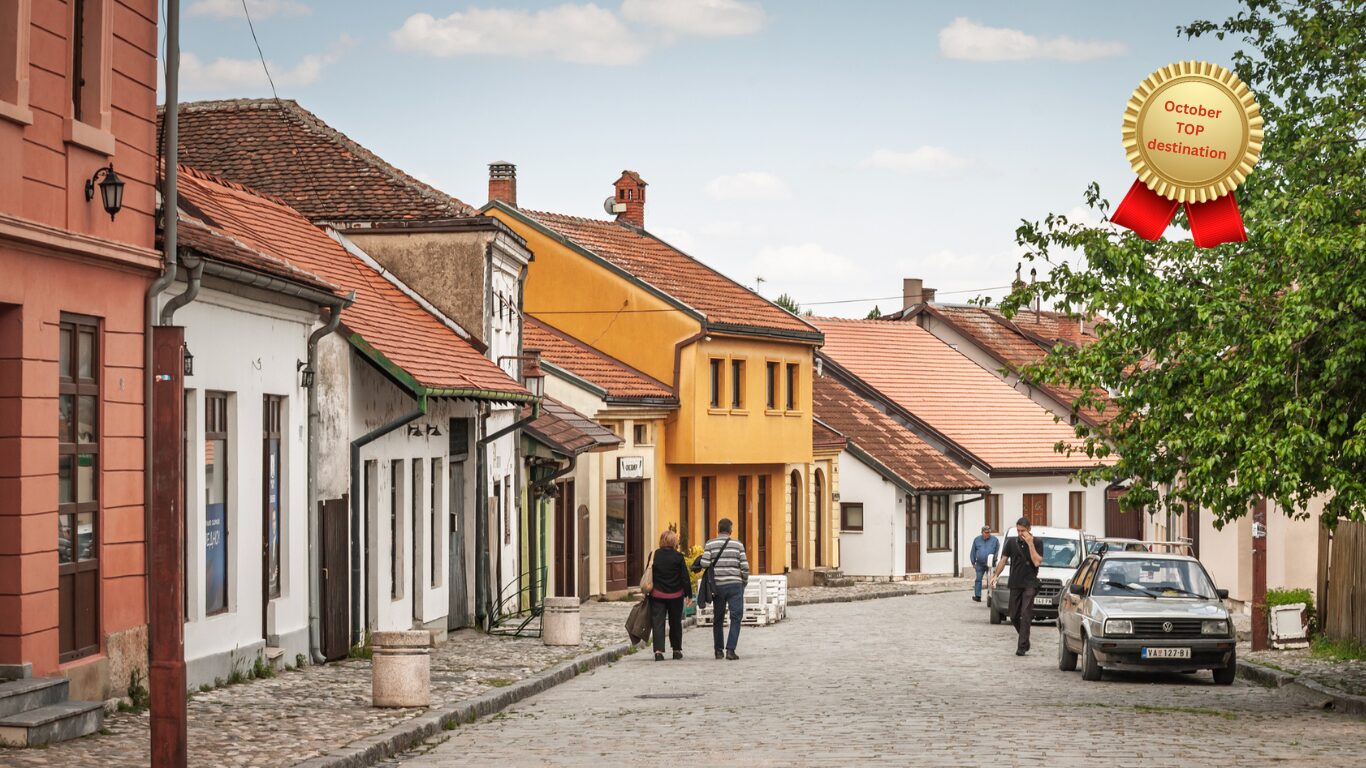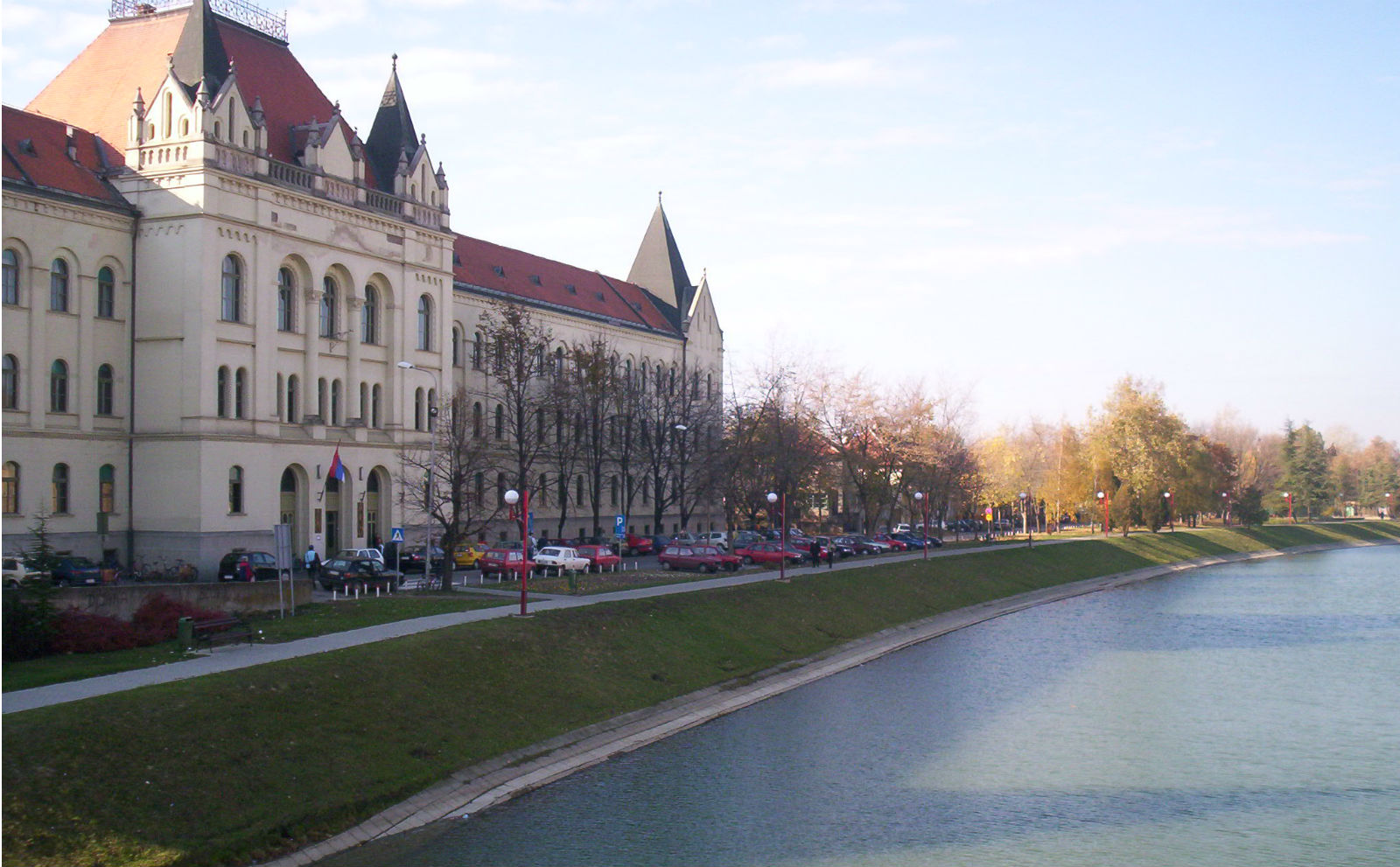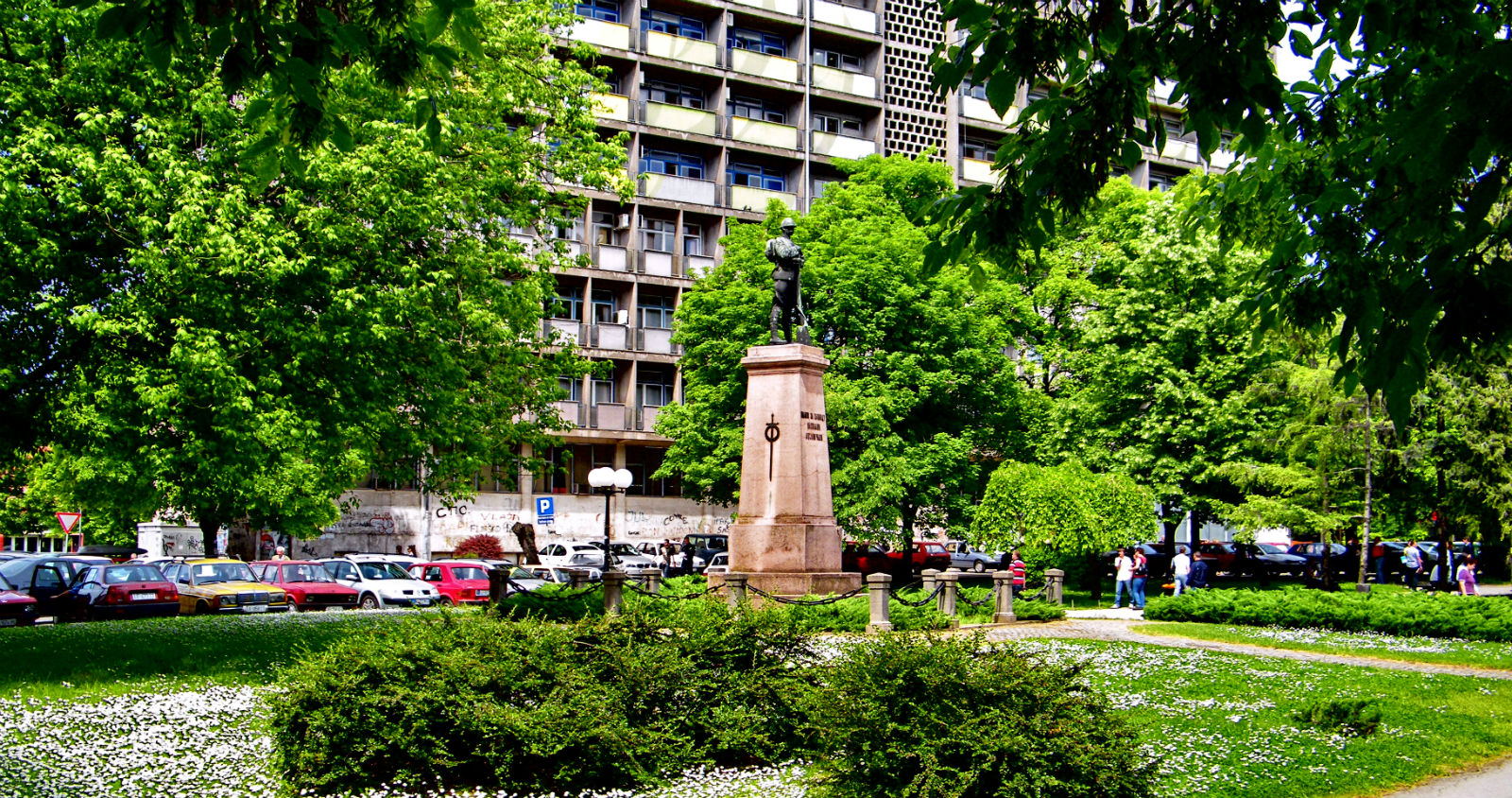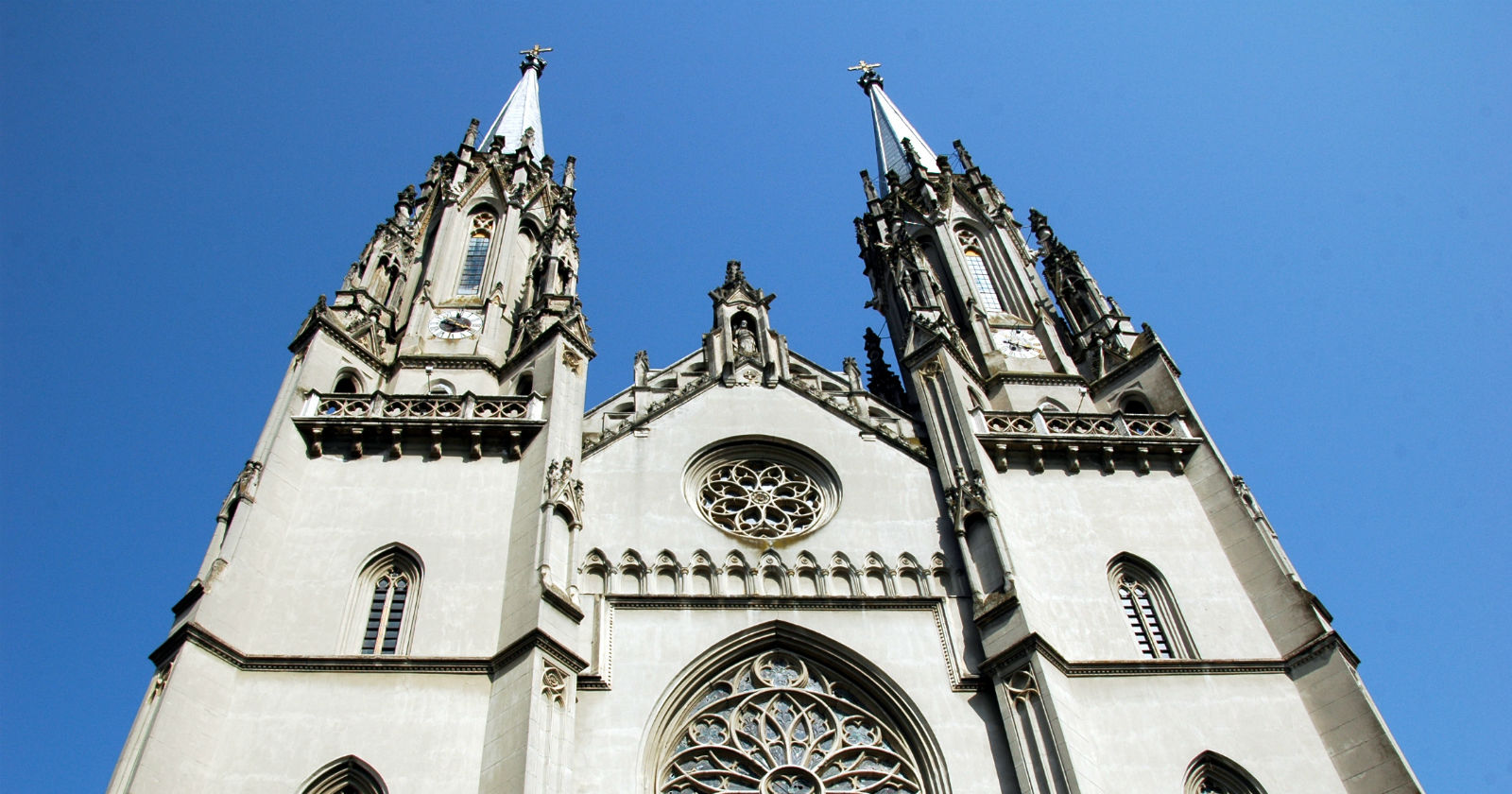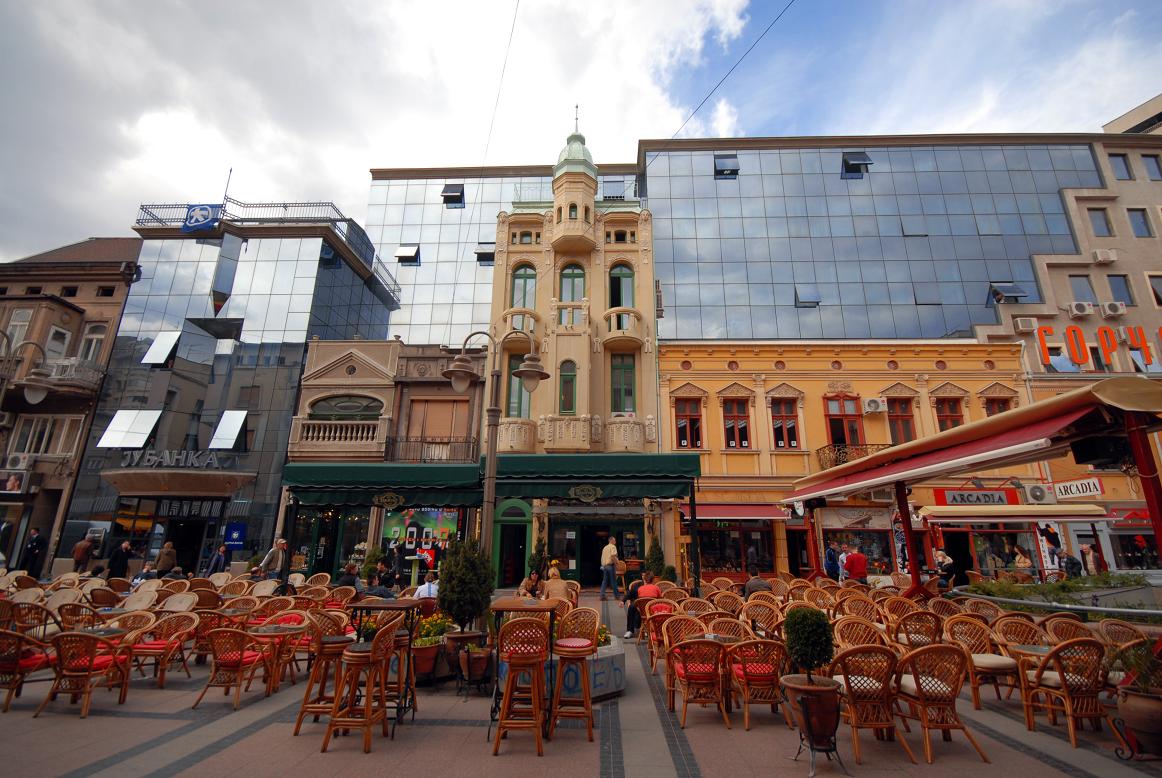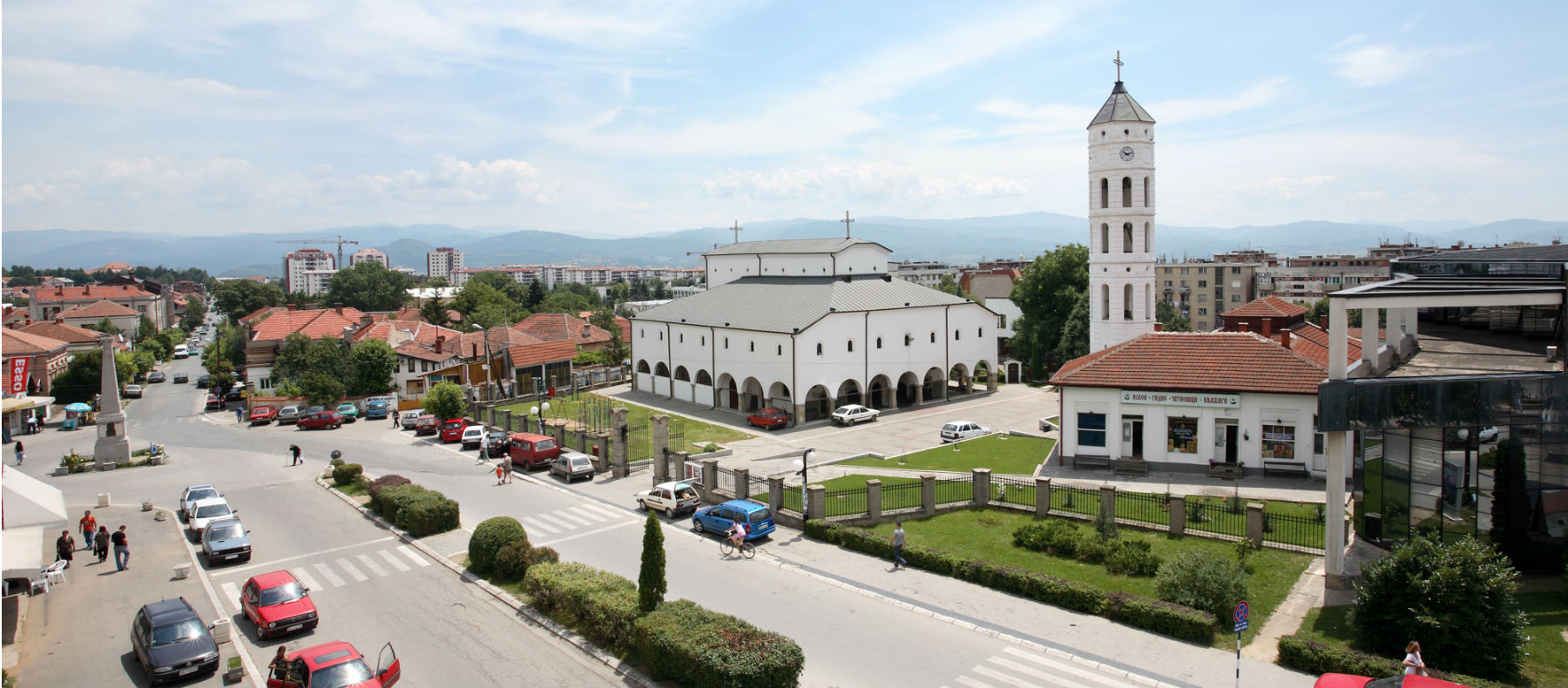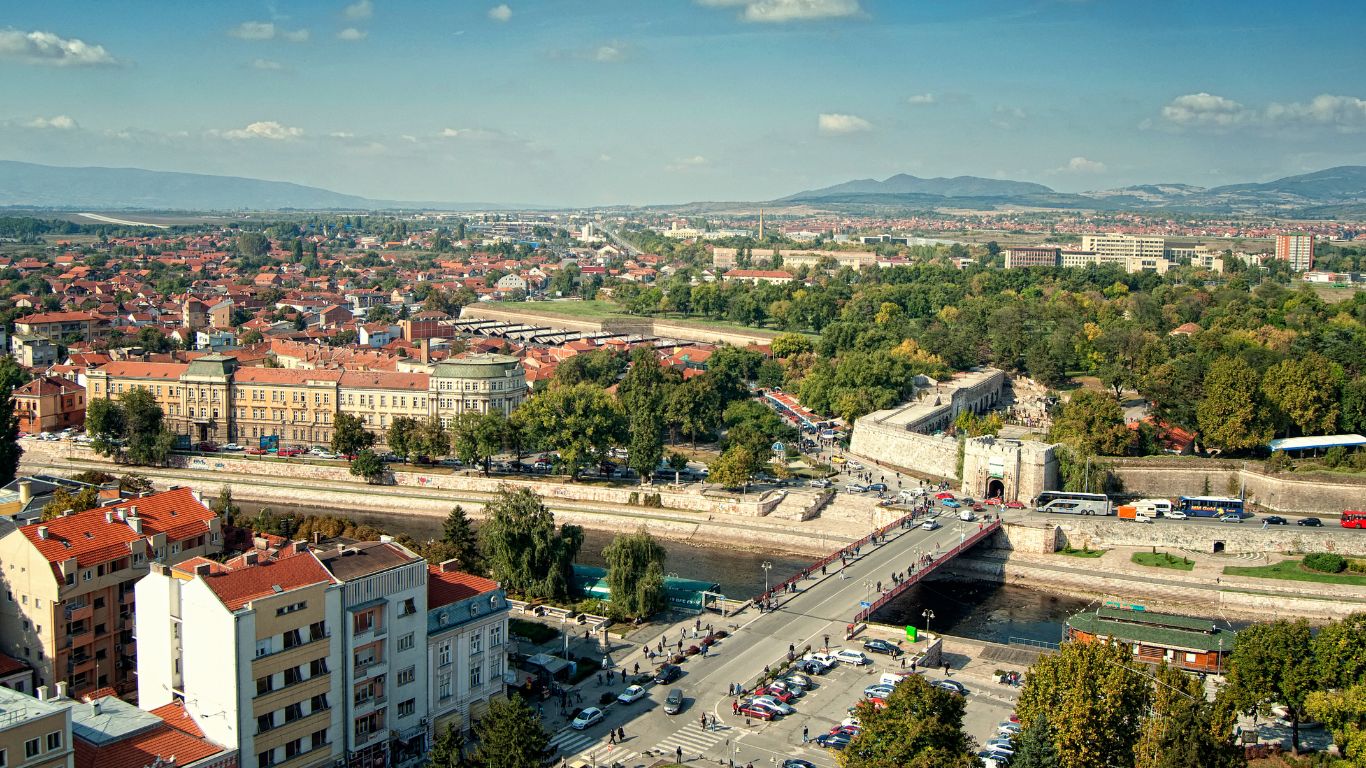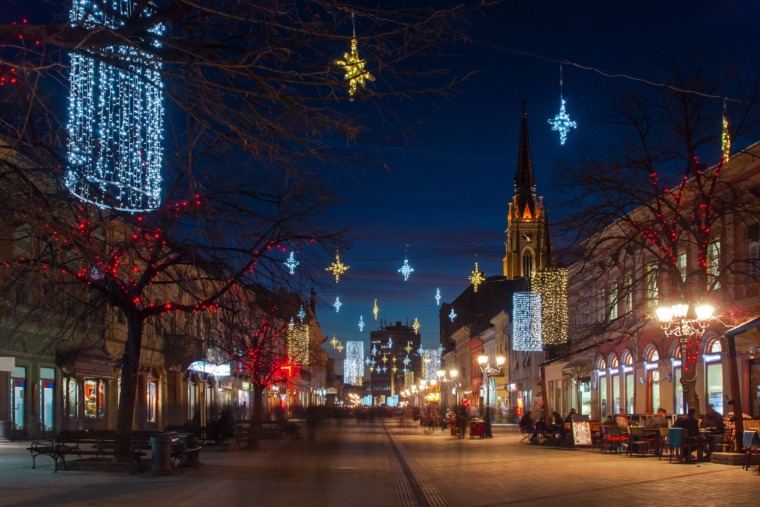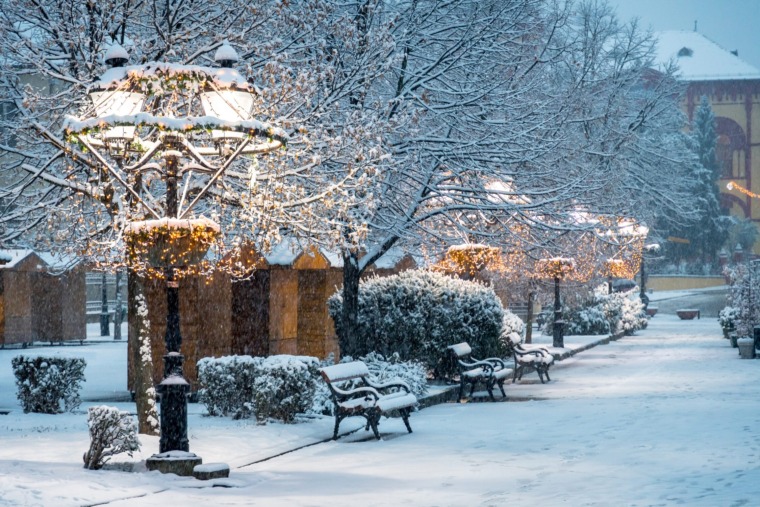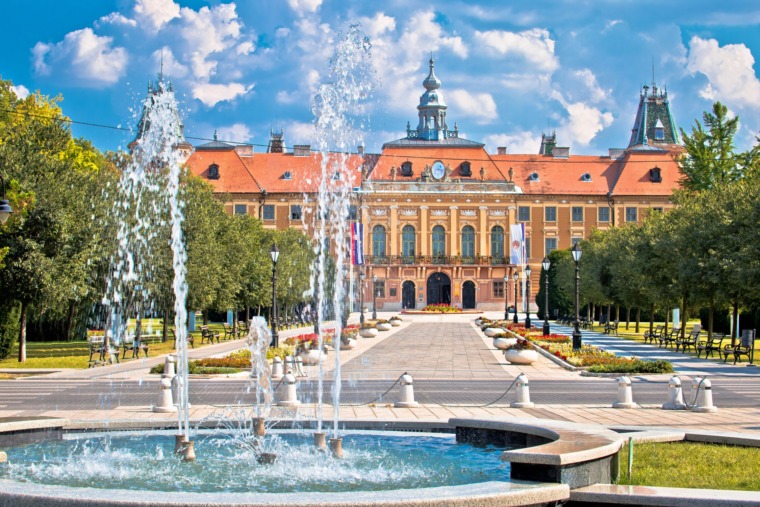High mountains and the Ovčar-Kablar gorge with ten monasteries from different epochs surround the city of Čačak. Only 20 kilometers from its center there are three beautiful spas welcoming numerous guests.
Čačak, the city in the very heart of Serbia, is best described by the words of popular song in which Čačak is described as “Šumadian Rock ‘n’ Roll”. Probably there is no such town in this country with so many manifestations or opportunities to visit something like “Pitijada” (Pie Fair), “Kupusijada” (Cabbage Show), “Zlatni kotlić” (Golden fish pot – Fish soup Show) , “Disovo proleće” (Poetry fair), “Ovčar-Kablar regatta”…
And like good old Rock ‘n’ Roll, Čačak is always live and in motion, spreading its catchy rhythm gladly accepted by everyone who visits this city.
People living in this city have always been temperamental and they have always appreciated freedom and peace more than anything. That is the reason why this city never fell easily in front of conquerors. Rebellions broke out and long battles were fought here, but the city remained in hands of those to whom it truly belonged – its residents.
Some of them became famous military commanders – Jovan Kursula, Tanasko Rajić, Vojvoda (Duke) Stepa Stepanović…
Today there is a paved path leading from the monument of Stepa Stepanović in the center of Čačak to the house he lived in. Each panel has a year of a battle he participated in inscribed.
Locals are also great foodies and excelent hosts. They are proud of beauties of their city, tranquility of the West Morava river passing through the city, mountains descending to the city…
Even the hottest summers are bearable on Ovčar and Kablar mountains of breathtaking nature and stunning views.
Unique in so many ways, the Ovčar-Kablar gorge is one of a kind for its numerous monasteries.
Today there are ten monasteries, but presumingly the number of monasteries was higher in the past.
Even though this region was inhabited since ancient times, which is supported by the discovery of a tomb of unknown Tribal prince and princess in the village of Atenica near Čačak, the first written traces of the city were found in a manuscript from 1408 in Dubrovnik archives.
This particular year is also found on the coat of arms of Čačak that in the meanwhile has become modern, densely populated city. Besides beautiful nature, Čačak is the city with rich cultural heritage.
There are few cities in Serbia that managed to treasure the original architecture in the historic part of the city. Čačak did just that – Baroque, Classicism, Neorenaissance buildings can still be seen here.
Numerous monuments remind the city’s residents of prominent characters from their past, while the very city center hides the ancient Roman bath – the remains of Roman Empire from the 4th century.
All those eager to take a break from everyday worries and city life, can find refuge in some of three spas – Gornja Trepča, Ovčar Spa and Slatina Spa, less than 20 kilometers from the city center. Their mineral waters, benevolent nature and the hospitality of the local people have already become legendary.
How to get to the city of Čačak?
The Belgrade-Čačak-Užice–Zlatibor-Crna Gora highway passes through Čačak.
You can also get to Čačak by train from the direction of Kraljevo, because the Požega Stalać railway passes through Čačak.
The buses to Čačak are frequent from the bus stop in Belgrade, but also from the other major cities of Serbia.
When you are already here, don’t miss…
Temple of the Ascension of Christ (Bogorodica Gradačka), which is in the very center of Čačak and it dates all the way back from the 12th century.
The oldest structure in Čačak, is the, Residence of lord Jovan Obrenović, who was brother of Serbian prince Miloš Obrenović.
In the first half of august, visit the Guča brass festival which is on the circuit road around Čačak, where you will see the turn for Guča and you need to cross 20km.
Don’t miss Zlatibor, one of the most beautiful mountains of Serbia with it’s many attractions. This mountain is 55km from Čačak, and if you decide to go there, with the road that goes through the beautiful areas, you should visit Mokra Gora and Drvengrad, the ethno village imagined by film director Emir Kusturica.
On the road from Čačak to Užice, you can visit one more unique ethno village, called “Terzića avlija“.
Related Articles
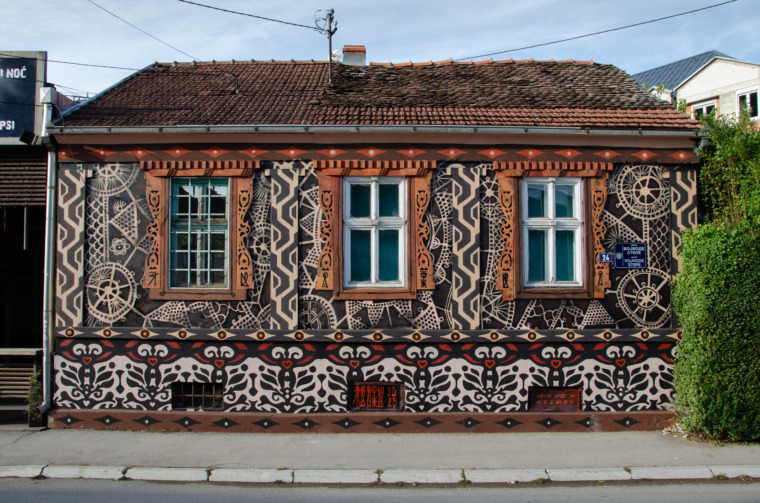
Čačak: Serbia’s Open-Air Gallery of Murals
December 19, 2025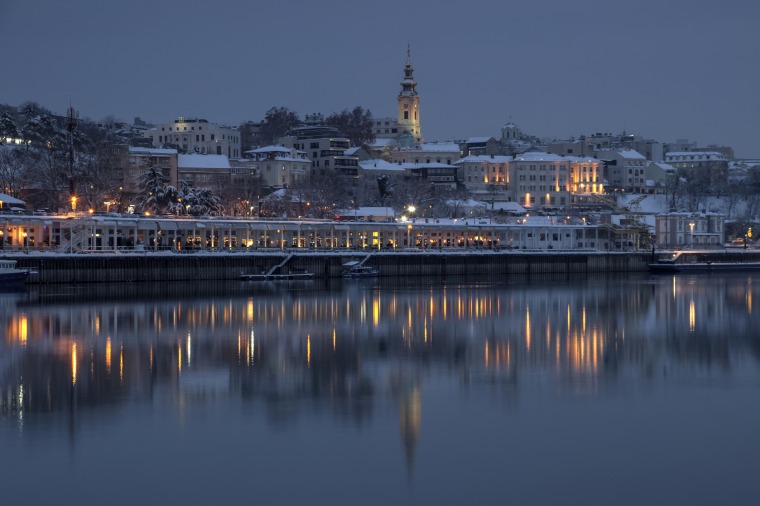
Belgrade in December: A City of Lights, Warmth, and Holiday Magic
December 5, 2025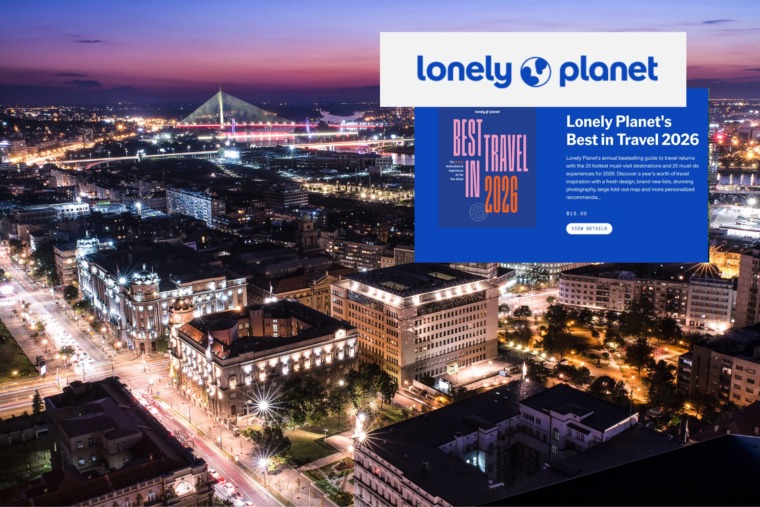
Belgrade Among Lonely Planet’s Top Experiences for 2026
November 14, 2025


